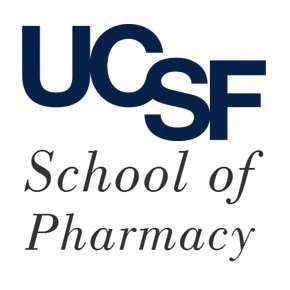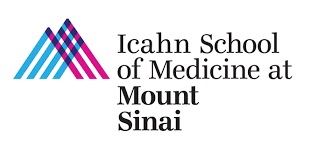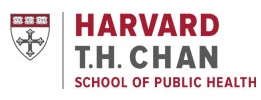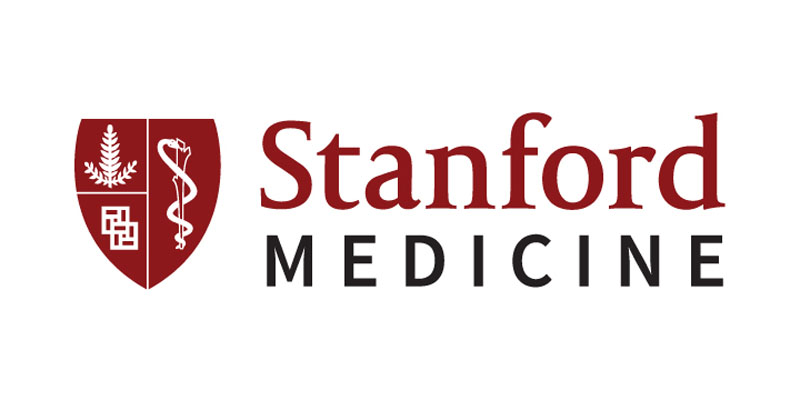Submitted by ja607 on
| Title | ACAT: A Fast and Powerful p Value Combination Method for Rare-Variant Analysis in Sequencing Studies. |
| Publication Type | Journal Article |
| Year of Publication | 2019 |
| Authors | Liu, Y, Chen, S, Li, Z, Morrison, AC, Boerwinkle, E, Lin, X |
| Journal | Am J Hum Genet |
| Volume | 104 |
| Issue | 3 |
| Pagination | 410-421 |
| Date Published | 2019 Mar 07 |
| ISSN | 1537-6605 |
| Abstract | Set-based analysis that jointly tests the association of variants in a group has emerged as a popular tool for analyzing rare and low-frequency variants in sequencing studies. The existing set-based tests can suffer significant power loss when only a small proportion of variants are causal, and their powers can be sensitive to the number, effect sizes, and effect directions of the causal variants and the choices of weights. Here we propose an aggregated Cauchy association test (ACAT), a general, powerful, and computationally efficient p value combination method for boosting power in sequencing studies. First, by combining variant-level p values, we use ACAT to construct a set-based test (ACAT-V) that is particularly powerful in the presence of only a small number of causal variants in a variant set. Second, by combining different variant-set-level p values, we use ACAT to construct an omnibus test (ACAT-O) that combines the strength of multiple complimentary set-based tests, including the burden test, sequence kernel association test (SKAT), and ACAT-V. Through analysis of extensively simulated data and the whole-genome sequencing data from the Atherosclerosis Risk in Communities (ARIC) study, we demonstrate that ACAT-V complements the SKAT and the burden test, and that ACAT-O has a substantially more robust and higher power than those of the alternative tests. |
| DOI | 10.1016/j.ajhg.2019.01.002 |
| Alternate Journal | Am. J. Hum. Genet. |
| PubMed ID | 30849328 |
| PubMed Central ID | PMC6407498 |
| Grant List | HHSN268201100012C / HL / NHLBI NIH HHS / United States HHSN268201100009I / HL / NHLBI NIH HHS / United States R35 CA197449 / CA / NCI NIH HHS / United States HHSN268201100010C / HL / NHLBI NIH HHS / United States U19 CA203654 / CA / NCI NIH HHS / United States HHSN268201100008C / HL / NHLBI NIH HHS / United States HHSN268201100005G / HL / NHLBI NIH HHS / United States HHSN268201100008I / HL / NHLBI NIH HHS / United States HHSN268201100007C / HL / NHLBI NIH HHS / United States R01 HL113338 / HL / NHLBI NIH HHS / United States HHSN268201100011I / HL / NHLBI NIH HHS / United States HHSN268201100011C / HL / NHLBI NIH HHS / United States U54 HG003273 / HG / NHGRI NIH HHS / United States HHSN268201100006C / HL / NHLBI NIH HHS / United States HHSN268201100005I / HL / NHLBI NIH HHS / United States HHSN268201100009C / HL / NHLBI NIH HHS / United States HHSN268201100005C / HL / NHLBI NIH HHS / United States HHSN268201100007I / HL / NHLBI NIH HHS / United States P01 CA134294 / CA / NCI NIH HHS / United States U01 HG009088 / HG / NHGRI NIH HHS / United States UM1 HG008898 / HG / NHGRI NIH HHS / United States |





